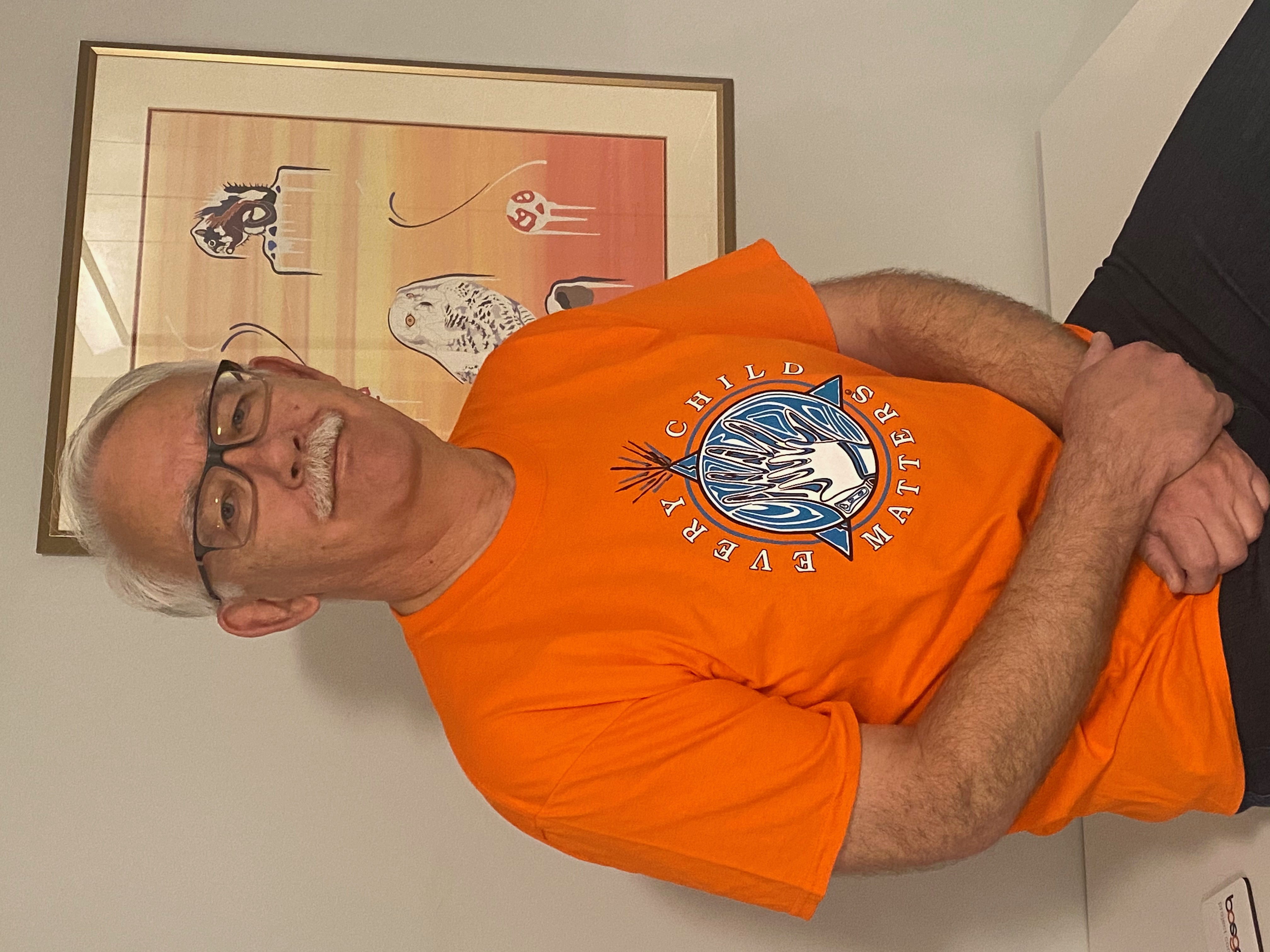As we start the new year, many of us are setting goals; health, business, career and personal. I am updating plans, formally and informally, regarding our business as well as my personal goals. In these challenging times, creating a plan can seem challenging, but I can take a lesson from the unfettered mind of a child.
When my daughter was eight years old, she told me she really wanted to be a vascular surgeon. I chuckled and wondered, “What eight-year-old knows what a vascular surgeon is?” Mine, I thought to myself. She took great exception to my chuckling and said, “Dad, I have goals you know!” I smiled at her and replied, “You’re eight! Go play!”
The truth, however, is this; my eight-year-old was on to something. We should set goals, and local/Indigenous workforce development is no exception. Without a plan, the project could be more costly or even become stalled without local community support. Like my daughter, the planning needs to start early.
To maximize local engagement, the project procurement plan must start early as possible. The environmental review phase is the optimal phase for this to occur. As well, the project team must believe that the project goals related to budget, schedule, quality, and safety can all be better achieved with increased local content at some distant point in the future. That’s hard to envision. Like investing your savings when you are young, investing in capacity development early will produce larger dividends. It just takes planning.
When I first approached project procurement professionals in an oil company with this idea, they told me that they are like consultants and are not brought into the process until just before they are needed to procure a good or service. The project manager did not require them until well after the environment stage. So, this indicates the project execution strategy needs to change. But why?
The project execution strategy needs to change because, strictly speaking, we do not need social license to operate on most projects. Social license is support for the project from rights holders, concerned groups, or any stakeholders, over and above meeting any legal requirements. It may be felt that nothing compels us to include a local community workforce. Furthermore, project managers are following procedures and are measured against performance goals for the project delivery, which typically do not include the local community. To plan properly, we must convince the project owner’s executive team and board to revise the conceptual level project approval and execution plan. From that point, the machinery of the project needs to be geared to the local inclusion. Local workforce and contracting strategies will save money and satisfy the local community leaders. With a plan to take the time required to develop local construction capacity while still meeting or exceeding budget, schedule quality, and safety goals, the project will deliver increased benefits to the owners. These benefits continue to motivate us in assessing and updating our plans.
For Bosgoed Project Consultants (BPC), we are planning the direction of our business for 2021. We are involved in the management and procurement of dozens of projects/work packages where maximizing local Indigenous labour, suppliers, and contracting are the main goals. Most of these projects have local/Indigenous labour goals which range from 20% to 90% depending on the project complexity and community capacity.
Our assignments include buildings, water/wastewater, transportation, infrastructure and energy projects. Projects continue to come in under budget, in part because we are utilizing local labour, suppliers and contractors.
Our goal for 2021 is to do even better. We want the bottom-line results to convince more project proponents to utilize a new approach. BPC will continue to encourage others to change the plan for their projects as well. I am not a social worker. I am a project manager, so my ambitions are the same as any project manager. Local workforce engagement makes sense and not including the local Indigenous communities can be costly.
We at BPC are collaborating with other consulting firms and clients more than ever before. We’re pleased these companies are seeing the benefits of the local workforce engagement strategy which we call WorkFirst. For those that have not read all our posts, WorkFirst simply provides the project labour opportunities/work to the local community first, and then proceeds to support their preparation and capacity building.
Although we at BPC are primarily project managers, we bring the value-add of local workforce to every project because the projects perform better in all its metrics. We take projects from business plans to handover and have found that success is directly proportional to planning as early as possible.
As well, we have learned project procurement can be fine-tuned to include capacity development while maintaining the criteria for the selection of suppliers and contractors. On all the projects I have worked on around the world, there was always a local community, which was largely looked at as a risk. What if they were engaged and included in the planning, construction and operation of the project? If we plan it carefully, they will be.
To finish the story, my daughter now heads up e-commerce for a national apparel chain. Her plans to be a surgeon have changed, but she still sets goals for herself and her team. And I have learned to respect her ambitions.
What are your goals? Are you doing anything for local Indigenous workforce engagement? Please share your stories with us.




